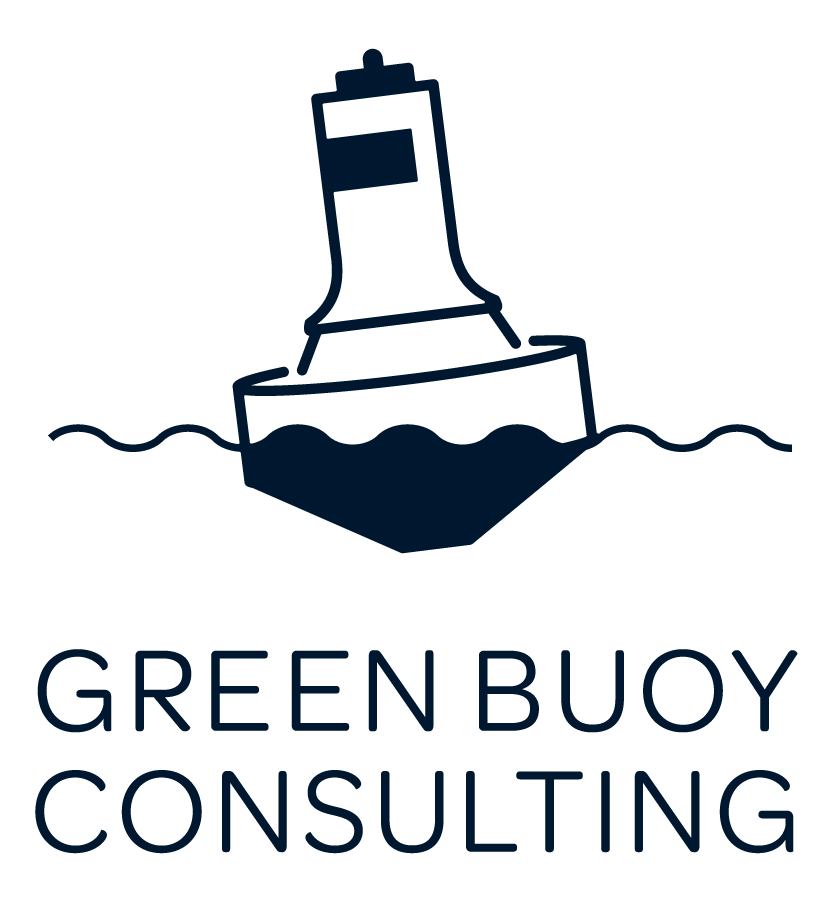5 Steps to Start Sustainability
Starting sustainability in your small business can often be the hardest part. Where should you begin? If you’ve decided to get going on sustainability, use these 5 steps to get you started on the right foot.
Now, these suggestions are for the leader of the company, the executive leadership team, or the board to determine. This is very much a “first thing” before you get other people in the company involved or start telling the public you’ve taken this on. These suggestions could follow a board approval or a 2020 planning meeting.
Why
Set a clear reason for starting a small business sustainability program. What exactly made you want to take action now? Is a competitor doing something and you’d like to keep up? Are you pretty positive that you are being sustainable but not sure how to share it? The “why” can also be multiple reasons, don’t limit yourself if you don’t want to.
The reason is less important than establishing it. When you’re ready to be done with this program or are getting overwhelmed, the “why” provides something for you to go back to. A strong why will keep you motivated.
Establish Time Limits
It’s easy to get caught up in starting a project and dedicating all of your time to it. For sustainability, set time limits for how much you will do a week. A sustainability program, even a small one, requires time commitments. Time constraints will help guide the program.
I recommend two separate time limits: a weekly allocation and quarterly deadlines. If you can allocate 5 hours a week, that’s 70 hours a quarter. What do you hope to accomplish in that quarter? For each time chunk allocated, set a goal and track time.
When setting goals at this phase, don’t get bogged into the exact details. “Establish program” “Website Changes” “ Press Release,” should be the types of goals or time patterns you’re setting for this. Avoid specifics like “Water Reduction Announcement.”
Don’t feel bogged down by the speed of things or the fact that it’s taken 3 months to get off the ground. Big programs and projects take time.
Take the Long View
Sustainability, done correctly, will be part of your company for as long as it carries on. This isn’t a one and done undertaking. Many of the things you put into place won’t happen for 5-10 years. These programs are instances where slow and steady wins the race.
If the long view excites you, use it to set goals and motivate you to work. If you’re not as excited about the long view, take a day-to-day approach. Focus on what you can do today and know that it will benefit the long view.
The long view can be concrete for you or just a mindset, depending on the way you work best. Putting sustainability into later calendars keeps it fresh and accountable. Or just thinking about long term small business habits and ideas while including sustainability is valuable also.
Use the long view when setting goals and time limits as well. No need to rush. The long view also considers other company goals, changes and priorities. Are you opening a new factory in 2021? Will your CEO retire in 2025? Keep these in mind as well as you consider the length of the plan.
Brainstorm
Brainstorming keeps you motivated and gets people excited. Before you begin even formulating a plan, start brainstorming what your options and possibilities are. No idea is too big or too small! Brainstorming can include actions, goals, dreams, and likely options.
You could be carbon neutral by 2050! Replace all paper towels with hand dryers. Give each employee a hybrid vehicle. Start getting excited about what your options are. What are your small business sustainability ideas?
Like the "why," use this brainstorm when you are feeling overwhelmed by this new undertaking. Put brainstorm ideas into a word document or central repository. Add and refer back to them often.
Related: How Sustainability Reporting Benefits Your Business
Outsource
Yes, you knew it was coming. But if all of this feels overwhelming, outsource it! Bring in a consultant (hello!) or even find an eager employee or intern to take the lead. They can start brainstorming, help find time in your calendar and help to establish the “why.” Remember, we still are not starting any actual work this is just laying the foundation.
If you’re already overwhelmed by this part, consider hiring a sustainability person to start full-time to get this going, or hire a consultant.
Laying a foundation for a sustainability program can be overwhelming. Slow and steady is the name of the game. Follow the five steps above and you’re well on your way to success.







